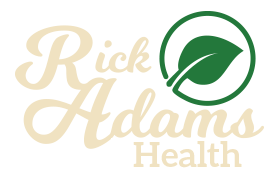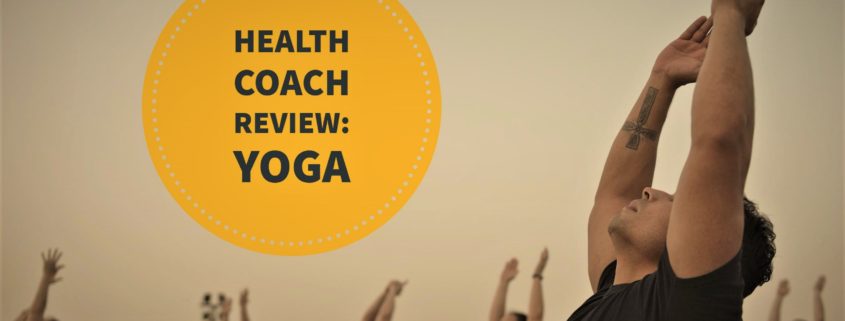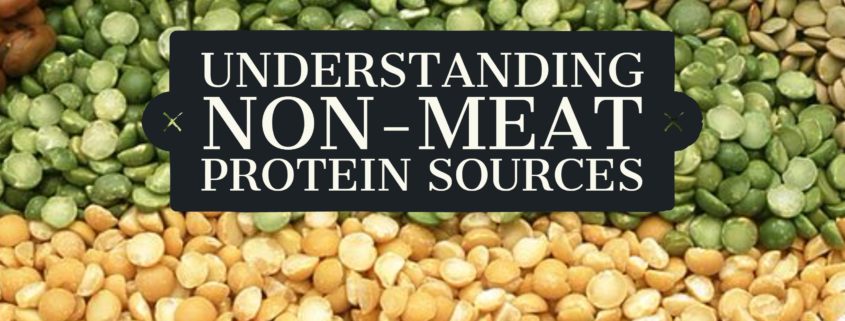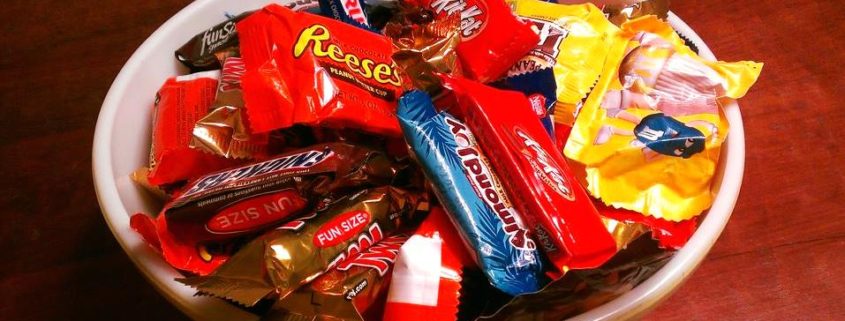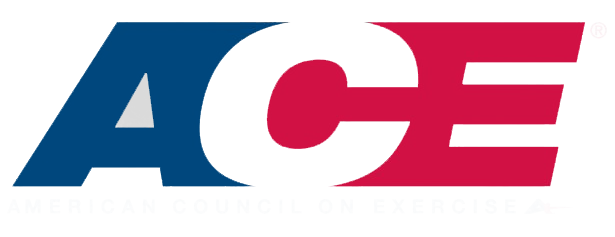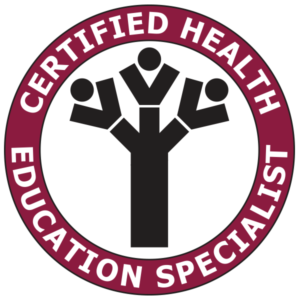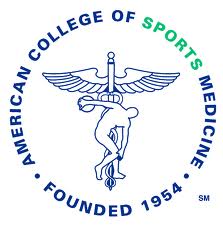Managing your Health by Managing your Sodium Intake
Keeping blood pressure in check can be easier said than done because it is very easy to over-consume sodium on an average day. Roughly 75 million American adults have high blood pressure. High blood pressure is a major contributor to stroke and heart disease. In college I often had to rewrite diets as part of classwork and I always noticed that sodium was the hardest to improve because so many foods are high in sodium. Making a change to reduce sodium in your eating habits can be overwhelming. You may wonder why it is important to keep your sodium levels in check; let’s find out.
Sodium is needed in the body to function properly; after all, it is one of the electrolytes. Sodium assists in muscle contraction and proper functioning of the nervous system. If your body has too little sodium, you may feel tired, lightheaded, or mentally foggy. Unfortunately, it is incredibly easy to consume far too much sodium on a daily basis. Some studies show the lowest amount of sodium with which a person can still function is around 500 milligrams (mg) per day (Thalheimer). That is roughly around two servings of canned beans.
The average American consumes over 3,000 mg of sodium a day, which is well above the recommended limit of 2,000 mg a day (Mayo Clinic). Sodium causes the body to retain water, so when a person consumes large amounts of sodium, it causes their heart to pump more liquid in their bloodstream. Simply, the heart is forced to work harder, which results in increased blood pressure. Therefore the heart gets overworked and wears out more quickly.
Certain foods are high in sodium, and it is important to limit them. Canned foods, frozen meals, boxed foods, and many restaurant items are often high in sodium. Sodium keeps food from spoiling quickly and gives it a longer shelf life. This is why high levels of sodium are added to these types of foods during processing. Fresh foods are always going to be a better option for lower levels of sodium. Flash frozen bags of fruits and vegetables are also fine options. Also, foods high in potassium are great options because potassium helps balance fluids by flushing excess sodium from your body (Myers).
As I mentioned earlier, it can be tough to improve sodium levels in the beginning. It seems that everywhere you turn, foods are packed with sodium. A good way to start is to focus on making a few small changes initially and build off of that. More food is processed today than at any time in the past. Excessive sodium increases blood pressure, known as the “silent killer” because it usually does not have obvious effects until a serious medical event occurs. If your blood pressure is higher than the doctor would like use some of this information to get yourself on the right track.

CHES, ACE Health Coach, AFPA Nutrition & Wellness Consultant
References
- Get the Facts: Sodium and the Dietary Guidelines. Centers for Disease Control and Prevention. http://www.cdc.gov/salt/pdfs/sodium_dietary_guidelines.pdf. April 2016.
- Myers, Jasmine. “What Does Potassium Do For Your Body?” http://vitamins.lovetoknow.com/ what-does-potassium-do-body. Accessed February 22, 2017.
- Thalheimer, Judith. “Spotlight On Sodium: How Much Is Too Much, and How Little Is Too Little.” Today’s Dietician. Nov 2014: Pg 26.
- Sodium: How to Tame Your Salt Habit. Mayo Clinic. http://www.mayoclinic.org/healthy-lifestyle/nutrition-and-healthy-eating/in-depth/sodium/art-20045479. April 16, 2016.
